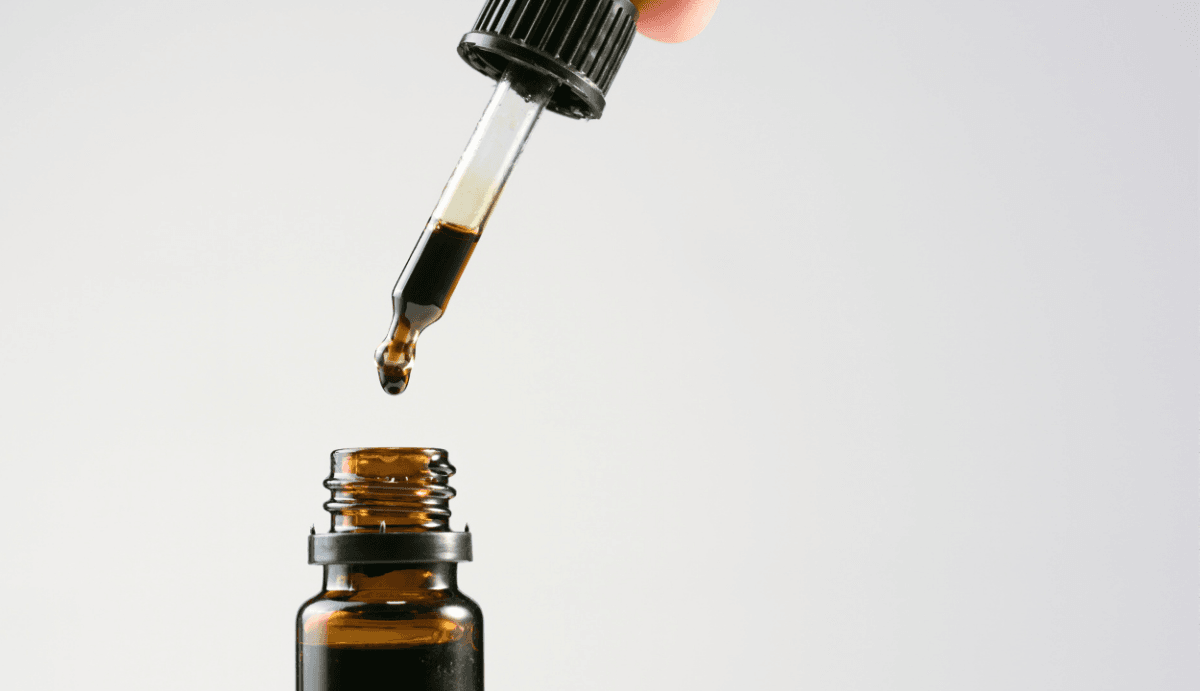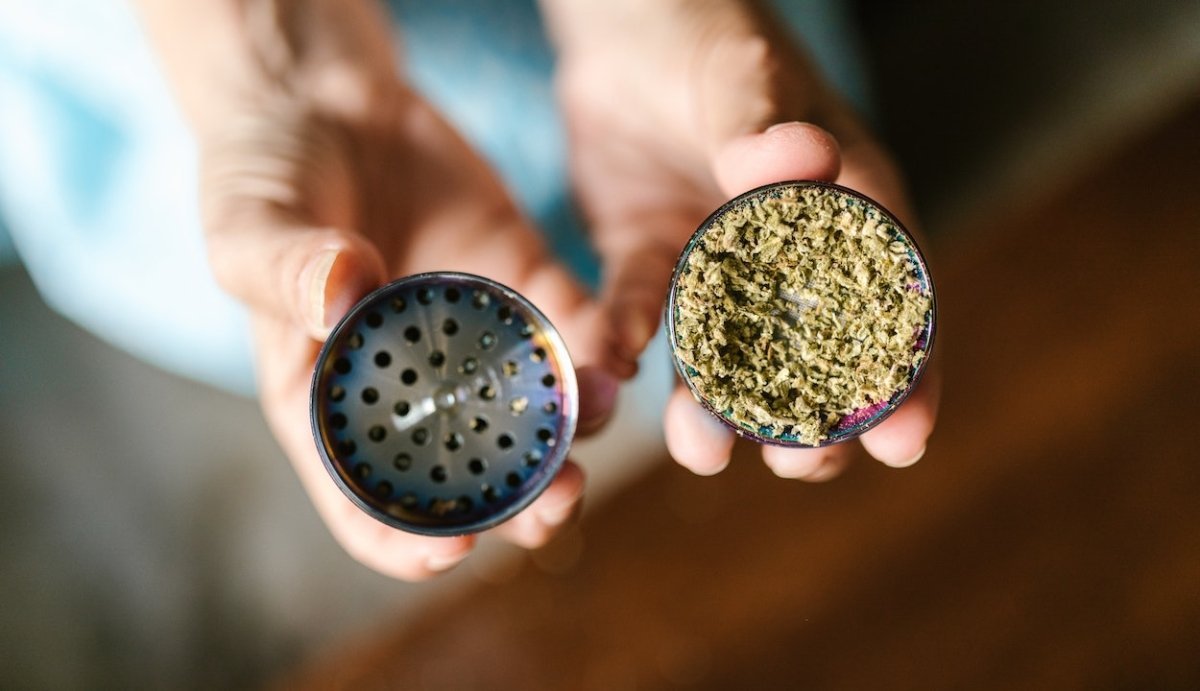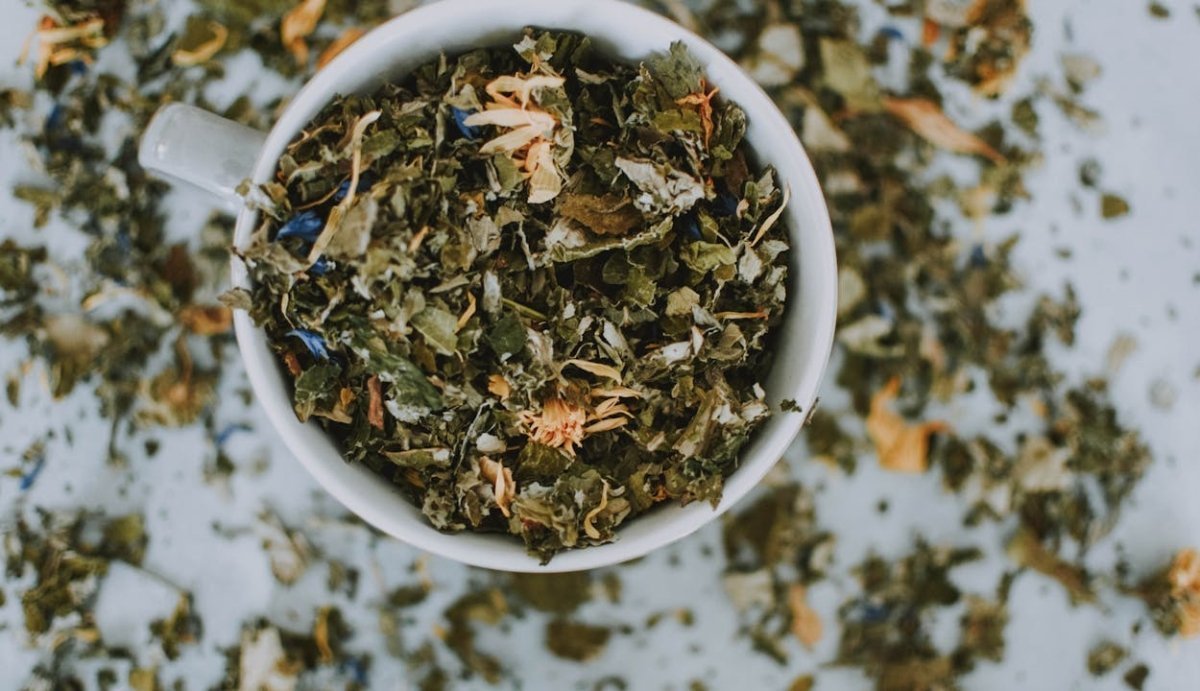Your Cart is Empty
FREE SHIPPING ON ALL ORDERS $75+
You spark up a cannabis joint, take the first puff, and are instantly hit with that herbaceous, aromatic, experience that only cannabis can provide. Even if you aren't aware, this fragrant experience comes from cannabis-derived terpenes–tiny oil-based compounds that alter the taste, smell, and effects of each unique cannabis strain.
More simply put, terpenes are responsible for the unique profile of every cannabis strain, and the best way to find the best cannabis strains for you is to understand your terpene preferences. Plus, understanding cannabis-derived terpenes and how they are used can even help you to choose the best vape strain profile and otherwise tailor your cannabis experience to better meet your needs.
Ready to dive in? Here’s what you need to know:
Table of Contents
Terpenes are oil-based compounds found in all plants that help give different plants their aroma. In fact, terpenes are responsible for the unique scents of different essential oils, and are frequently even used to create perfumes and other household fragrances. Cannabis, like other plants, has its own range of natural terpenes that help to give each different strain its unique flavor and aroma.
Biologically, cannabis developed a wide array of terpenes as a defense against insects and other pests and to help attract pollinators. Cannabis-derived terpenes, however, are known to do more than just provide a pleasant flavor profile or ward off bugs–they may also promote unique therapeutic effects that may compliment the behavior of different cannabinoids, like CBD or THC.
There are at least 100 different kinds of terpenes identified in the cannabis plant, which explains why there is such a wide range of flavors and scents associated with different cannabis strains. Thanks to this bountiful collection of terpenes, the flavor profile of different strains can range from piney and earthy to sweet and fruity or a combination of these herbal aromas.
We mentioned that every strain has a unique terpene composition, with some strains taking on the musky aroma while others maintain a sweet, fruity profile. In reality, there are no terpenes that are better than others, rather it all depends on your preference.
To figure out what terpene profiles you prefer, take a look at your favorite strains. If you enjoy the fruity, tropical notes of Pineapple Express, for instance, you may also enjoy other strains with a similar composition of beta-caryophyllene, limonene, and myrcene.

If you prefer to take a more therapeutic approach to choosing a strain profile, take a look at the most common cannabis-derived terpenes and what we know about their effects:
We mentioned that there are hundreds of cannabis-derived terpenes to sort out, but some occur much more frequently than others. In many cases, the following terpenes make up the bulk of the profile for the most popular cannabis strains:
Myrcene is the most common terpene found in cannabis, and in some cases makes up over half of the total terpene content of the plant. Myrcene also appears in plants lemongrass, hops, and mangoes. It provides a peppery, musky, and slightly fruity aroma.
Typically, myrcene is known for its potential sedative-like effects. Cannabis strains that contain more than 0.5% are typically indica strains known for promoting relaxation and sleep.
One study performed on mice suggests that limited doses of myrcene may provide muscle-relaxant effects, and high-myrcene lemongrass and hops plants have a long history of being prepared as beverages to aid sleep.
Limonene is the second most common terpene in the cannabis plant family, but you won’t necessarily find it in every cannabis strain. Limonene, which smells like lemon, is also found in most citrus fruits.
Limonene has been more heavily studied than myrcene, but we still have a lot to learn. Research has linked limonene to potential anti-inflammatory, antioxidant, and anticancer benefits.
Linalool brings a spicy, floral aroma to the cannabis family, similar to the bold scents of other plants where you’ll find this terpene, like lavender, coriander, and cinnamon.
This terpene is also linked to potential sedative-like effects, and may be found in many “Haze” and “Lavender” cannabis strains. Studies suggest that Linalool may have anticonvulsant and anxiolytic properties, and may have potential as a sedative.
This spicy, peppery terpene can also be found in black pepper, rosemary, basil, cinnamon, and cloves. It often gives cannabis a peppery kick and can be found across the board in indica, sativa, and hybrid strains.
To date, Caryophyllene is the only terpene that’s been found to bind to CB receptors—that same receptors that cannabinoids bind to.
Some research regarding Caryophyllene suggests that it may help heal wounds and provide analgesic effects. Small studies have shown that Caryophyllene may help reduce voluntary alcohol consumption and may pose benefits for patients battling alcoholism. Some studies even suggest that this terpene has some anti-cancer potential.
Pinene is the main terpene found in pine needles, and it carries that same fragrant, evergreen aroma. Aside from pungent, Christmas-scented cannabis, you can also find pinene in orange peel, parsley, basil, and rosemary.
Pinene is thought to have anti-inflammatory potential, but the therapeutic potential of this terpene is thought to be far reaching. One study, which calls it “a miracle gift of nature” evaluates pinene for “cytogenetic, gastroprotective, anxiolytic, cytoprotective, anticonvulsant, and neuroprotective effects, as well as their effects against H2O2-stimulated oxidative stress, pancreatitis, stress-stimulated hyperthermia, and pulpal pain.”
Terpenes likely play a large role in the “entourage effect,” a theory that suggests that cannabinoids and terpenes work together to boost each other's therapeutic benefits.
Although some research looks at the entourage effect between different cannabinoids, multiple studies highlight the importance of terpenes, too.
One heavily-cited study, titled “Taming THC: potential cannabis synergy and phytocannabinoid-terpenoid entourage effects,” identifies research regarding each of cannabis’ most common terpenoids and the potential therapeutic effects of each.
This research suggests that each terpene may be linked to a handful of different potential health benefits.
For instance, this research suggests that CBD and Pinene may have synergistic properties that are effective against MRSA. CBD may react with Linalool and Limonene to increase it’s anti-anxiety potential. Of course, more evidence is needed before any benefits can be confirmed. To learn more about terpenes and their synergy with CBD, THC, and other cannabis compounds, read more about the entourage effect here.
While we are on the topic of terpenes, we want to address one common confusion–terpenes vs terpenoids.
The two terms are often used interchangeably when referring to cannabis, and they both refer to the same aromatic compounds in the cannabis plant. However, there is one important difference between the two:
“Terpenes” refers to the naturally occurring hydrocarbon molecule, which is composed of hydrogen and carbon. This is the way you will naturally find terpenes in the cannabis plant. As the cannabis flower dries, the terpenes are oxidized. Now, the hydrocarbon molecule includes oxygen, and the “terpene” is now considered a “terpenoid.”
In other words, “terpenes” are the unadulterated compounds you will find in the cannabis plant, and “terpenoids” refer to most terpene products thereafter.

With federally legal hemp taking a frontline in the cannabis market, many people want to know if these same cannabis-derived terpenes apply to hemp products as well. The answer is yes, they do, and many of the strain profiles are the same. You can find some of the most popular strain profiles associated with high-THC cannabis as a legal hemp product, meaning you can skip the dispensary and order online.
Check out our most popular Delta-8-THC flower strains, likeBubba Kush andSour Diesel, or our unique Hybrid, Indica, and SativaTHC-O Vape strains.
Comments will be approved before showing up.



